Recommendation points
- Popular household recipes
- Chemical cleaning agents: which ones work
- Locating the blockage
- Using flexible shaft and plunger
- What to do if the riser is clogged
- How to prevent future blockages
All sorts of troubles happen in everyday life, including a clogged sewer. If you’re ready to roll up your sleeves and take the time yourself, check out this article. In it, we will tell you about different methods of cleaning and removing blockages in sewer pipes and teach you how to keep them clean for a long time..
The reason for the clogging of sewer pipes can be either their improper installation, or the ingress of foreign objects, a large amount of grease in the flushed fluids, or simply negligent attitude towards the drainage system and lack of preventive maintenance.
Most often, blockages appear in the branches of the 50th pipe, at the places of turns and counter-slopes. You yourself probably know the weaknesses in your own system, and start checking with them..
Popular household recipes
There are many popular ways to clean pipes, but not all of them are effective. More or less effective methods can be used only if there is no tight blockage of pipes and the water, at least a little, but leaves.
Method 1: baking soda.It is supposed to prepare several liters of solution from 100 grams of baking soda per liter of water. It makes sense, sodium bicarbonate creates an alkaline environment in which fat dissolves more easily. The solution poured through the siphon of the sink must be heated to 90 °. Instead of baking soda, it is better to use caustic or soda ash, it is more active. Contrary to some recommendations, you should not mix soda with vinegar in the sewer.
Method 2: ammonia.The action of ammonia is similar to soda, it also creates an alkaline environment, but is more active. This method is relevant if the water leaves through the drain very slowly, which means that most of the liquid will be retained and react. It is necessary to pour about 200 ml (3-4 bottles) of 10% ammonia solution into the sink drain and seal the hole with a damp cloth for 30 minutes. Then pour 3-5 liters of boiling water into the sewer and rinse the pipes abundantly with warm water.
Method 3: Coca-Cola.Surprisingly, if you pour 3-4 liters of this drink down the drain, the blockage is very likely to be cleared. You can use this method in the almost complete absence of a duct.
Method 4: laundry soap.It is necessary to grind 1–2 bars on a grater and fill them with 3–4 liters of hot water. The completely dissolved solution is poured in 0.5 liter portions with an interval of 20-30 minutes. This method is long-lasting, but quite working. Unfortunately, neither this, nor other methods almost help to remove the blockage by foreign objects..
Chemical cleaning agents: which ones work
The remedy called “Mole” is known to almost everyone, and almost half of those who met him were very disappointed. This is because the notorious “Mole” is a means not so much for eliminating blockages as for preventive cleaning, in addition, it is often faked. There are also more active chemicals for household use, they can not only dissolve dirt build-ups, but also decompose large food debris and even small scraps of fabric..
Tiret is considered one of the most effective and versatile sewer cleaning agents and copes with both fatty deposits and blockages with small fragments of organic matter. You can buy the product at almost any hardware store..
Granular Bagi POTHAN is one of the most active and fast-acting chemicals that can be found commercially. Not particularly effective against mechanical blockage, but the siphon and pipes will easily clean dirt deposits.
A less common cleaning agent is Titan, which can rightfully be called one of the most caustic, but it will take time to clear the blockage. Usually Titan is poured into the sewer at night, and in the morning the pipes are washed with warm water..
Most of these chemicals are based on active alkali, so it is advisable to work with them with glasses and gloves. Please note that the recommended dosage may not always be relevant, if you pour one or two caps of the product into the drain, it will remain in the siphon and will not pass further. Remember, too, that there is no point in adding toilet cleaner..
Locating the blockage
You will remove the blockage of the sewer faster if you know at least approximately which section of the pipe is clogged. It is not difficult to determine this, check the rate of water leaving in all places of discharge: in the bathroom, in the kitchen, in the toilet.
Before checking, remove all siphons, disassemble them and rinse the parts in hot water with a little dishwashing detergent. This way you can be sure that the blockage is in the pipes. With clean siphons, the place of the blockage is much easier to determine – where the water does not meet any obstacle – a funnel is formed, this section of the sewer can be considered clean.
Using flexible shaft and plunger
The two main tools for removing mechanical blockages are a flexible shaft, otherwise called a plumbing cable or simply a worm, and a plunger. Often, the simplest cable 1.5–2 meters long is sufficient for cleaning. If you are dealing with a tight congestion, you need to use a steel cable with a knob at the end, it is easier for them to open the plug and push it through.
You also need to be able to use the plunger correctly. First, they pump the pipes dry when all the water has left. This will reduce the density of the blockage and allow it to be chemically softened. After “etching” the sewer, pour a small amount of soapy water into the drain and immediately close the drain hole with a plunger, drive the water inside the pipes for a while. It is advisable to close all other drain holes with plugs or wet rags..
What to do if the riser is clogged
If the water from the toilet does not leave, and sometimes even arrives, you are dealing with a congestion inside the riser. The solution to the problem is rather of an organizational and household nature. It is necessary to visit all the neighbors upstairs and warn them not to use the sewer. This is followed by a call to housing and communal services or house management.
To speed up the process, ask your neighbors, starting from the first floor, to flush the cistern: this way you will find out between which floors the traffic jam has formed. You can remove the blockage in the riser yourself if you have at hand a sufficiently rigid cable with a length of 4 m or more.You can clean the riser through the inspection hatches installed on each, or on odd floors.
How to prevent future blockages
The following guidelines will help you deal with clogged sewers much less often:
- Rinse the pipes with hot water more often, drain 10-15 liters into each hole.
- Perform preventive pipe cleaning with small doses of chemicals.
- Do not skimp on dishwashing detergent, undissolved fat will surely settle on the pipe walls.
- Use a mesh filter for your kitchen sink.
- Clean the siphons in time, slowing down the flow leads to the accumulation of dirt on the walls.
- Cast iron pipes are most prone to clogging, replace them with PVC if possible.
- Use pipes with a diameter less than 50 mm only for connecting a washing machine or dishwasher.
If you could not cope with pipe cleaning yourself, contact one of the specialized companies.



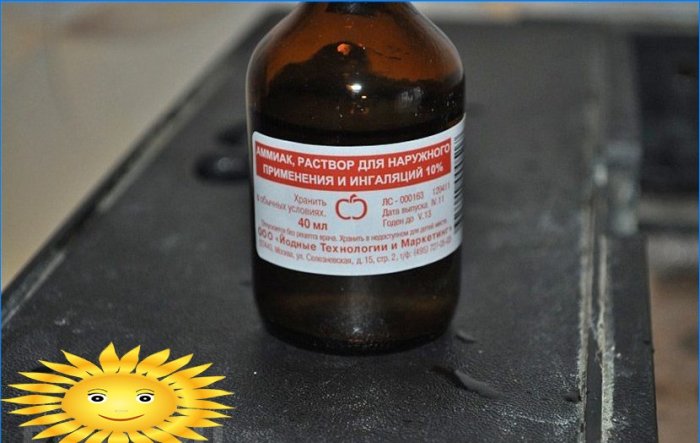
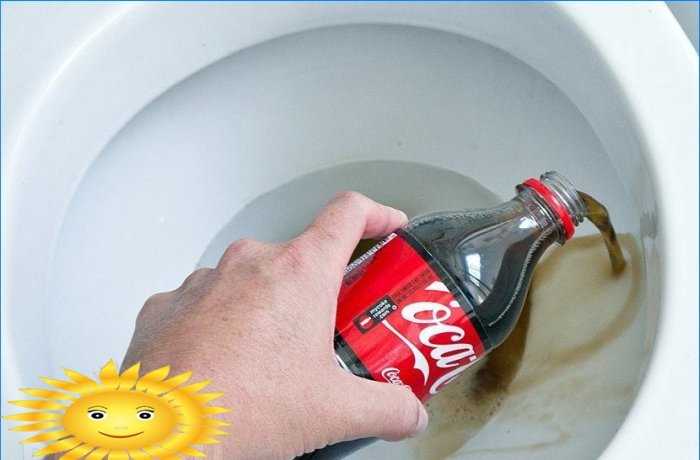


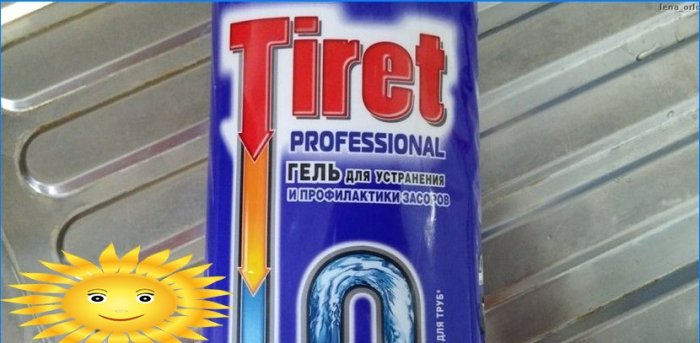

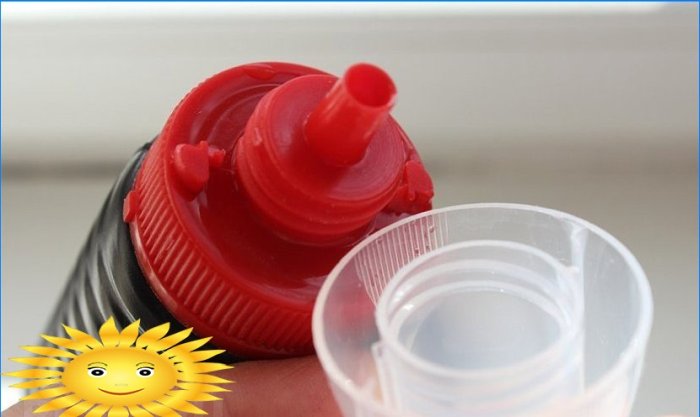

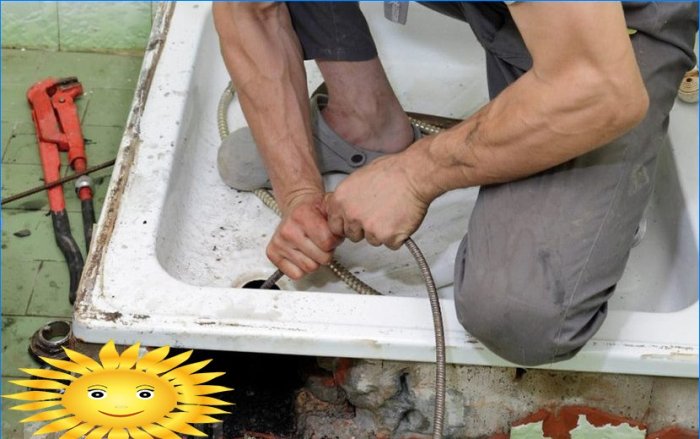
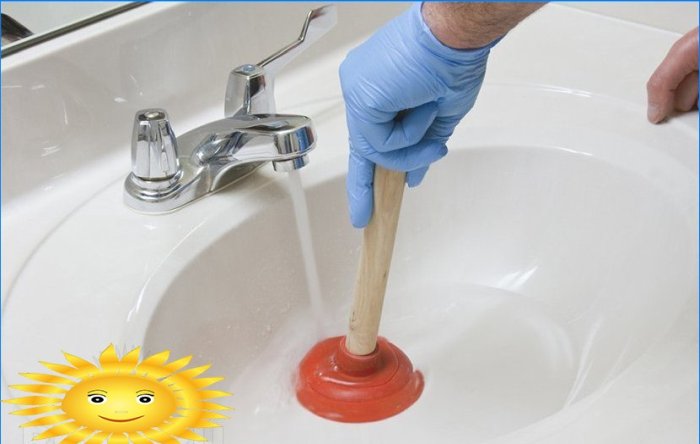
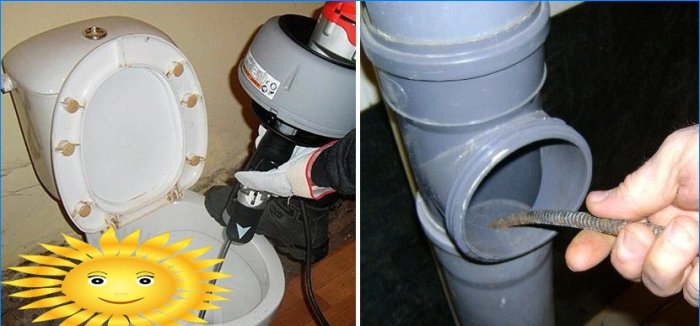
Is there a specific method or tool that works best for unclogging sinks and sewers?
Is there a quick and effective method to unclog sinks and sewers that you would recommend? I’ve been struggling with this issue and would appreciate any advice or suggestions you may have.